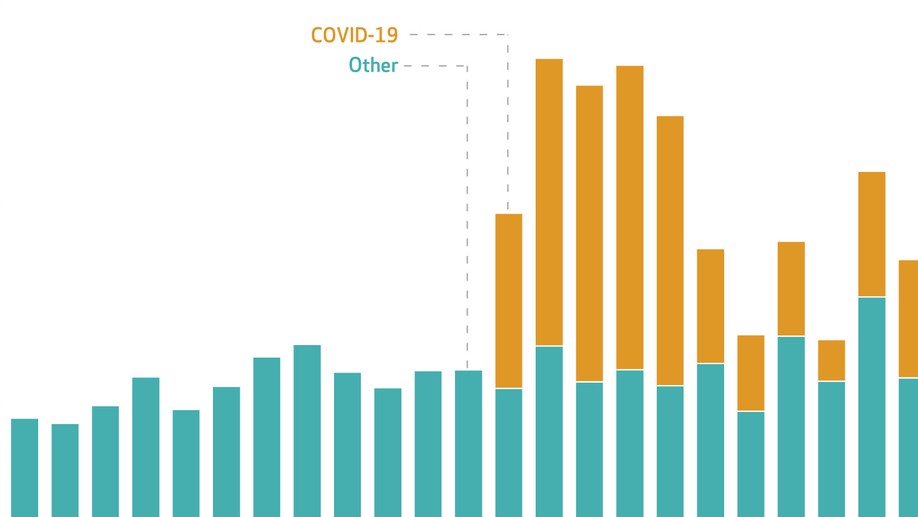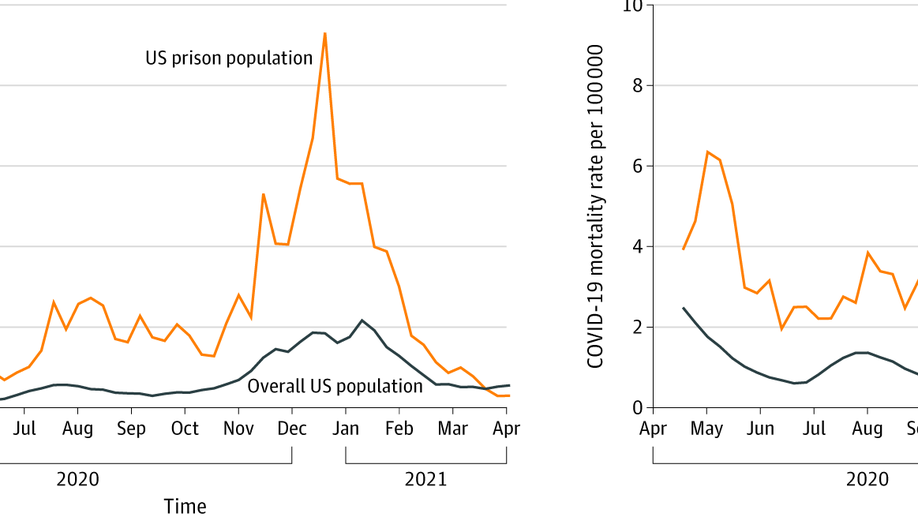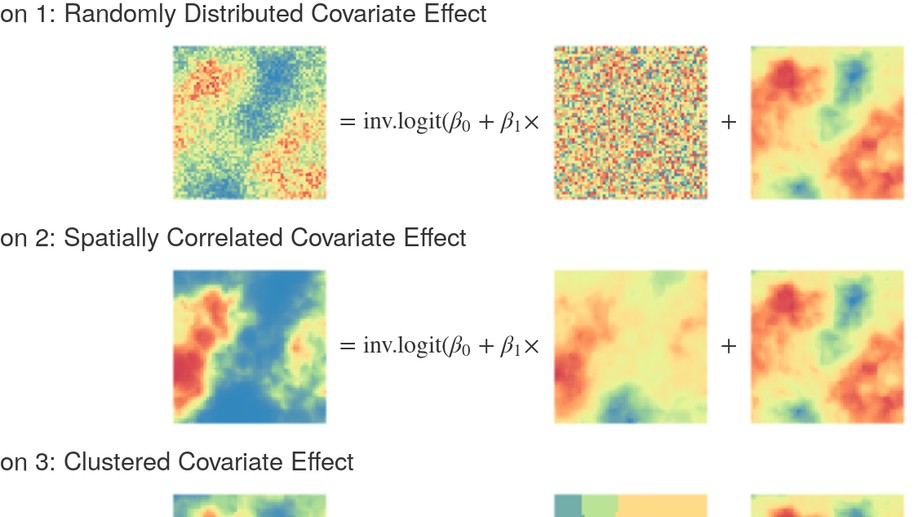I’m Neal Marquez , a Statistical Demographer focused on studying geographic variation in Hispanic Population processes.



Neal Marquez (he/him) is the Forecast Program manager at the Portland State University Population Research Center. His current body of work assesses the population dynamics of Oregon state to make informed population projections that assist in developing future urban growth boundaries and inform future urban planning projects. His research interests focus on geographic inequalities of health outcomes as well as how demographic processes are influenced by geographically varying contextual factors among Hispanic populations in the United States. In addition to his Ph.D. in sociology from the University of Washington, Neal also has a Masters in Public Health from the University of Washington with a focus on statistical methods and data evaluation and has worked as a statistical researcher for the Institute for Health Metrics and Evaluation.
Download Resume




